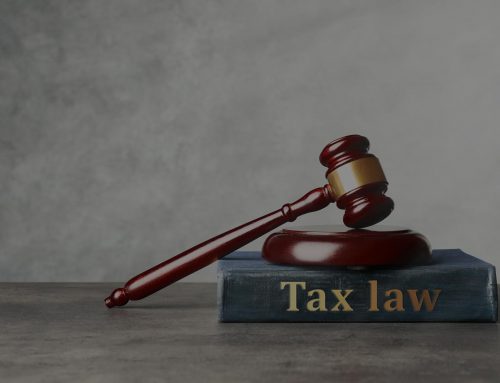Notices of Objection in Brief
By Amit Ummat LLB LLM CS*
*Certified Specialist, Taxation Law
This brief article describes the process of filing a notice of objection with the CRA. When a taxpayer is reassessed, the next step to escalate the dispute is to file a notice of objection. An objection should almost always be filed, since without an objection the taxpayer a) loses appeal rights to the Tax Court of Canada and b) will be subject to continued collection efforts by the CRA. A notice of objection is filed pursuant to section 165 of the Income Tax Act or section 301 of the Excise Tax Act. More information can be found here.
It is important to note that an objection is to dispute the correctness of the assessment, and not the process by which it was established. In other words, the objection is not the most appropriate method to air grievances with the auditor or the conduct of the audit generally.
When is it Due?
A notice of objection must be filed 90 days following the date of the assessment. If that date is missed, a taxpayer can apply for an extension of time to object, but that application must be filed within one year of the 90-day deadline, or 15 months after the date of assessment. In order to obtain an extension, the taxpayer must show:
- a) the taxpayer applies within one year after the 90 days’ period for filing a notice of objection;
- b) the taxpayer was unable to file or instruct someone to act in the taxpayer’s name to file the objection or that the taxpayer had a bona fide intention to object;
- c) it is just and equitable to grant the application for an extension; and
- d) the application for an extension was made as soon as circumstances permitted.
If the CRA refuses to grant the application for an extension of time, the taxpayer may apply to the Tax Court for reconsideration.
What Should it Contain?
Filing an objection with the CRA: The objection should contain the relevant facts and law to try and persuade the appeals officer that the assessment is wrong. Be careful about how much detail you include. If the matter goes to Tax Court, then the objection forms part of the file. Statements made in the objection can be used against the taxpayer during formal litigation.
What Happens Once it is Filed?
The result of the taxpayer’s objection can vary. The CRA can vacate, vary, or confirm the assessment. Vacating the assessment means that the CRA agrees with the objection entirely. In varying the assessment, the CRA will make some changes that would likely reduce tax owing to some extent. If appeals confirms the assessment, then they have disallowed the taxpayer’s assessment in full. The next step is to file a Notice of Appeal with the Tax Court. See here for steps in a Tax Court Appeal.
It is usually recommended that a taxpayer fight back. Sometimes the CRA just gets its wrong. Call the lawyers of Ummat Tax Law to assist you.




